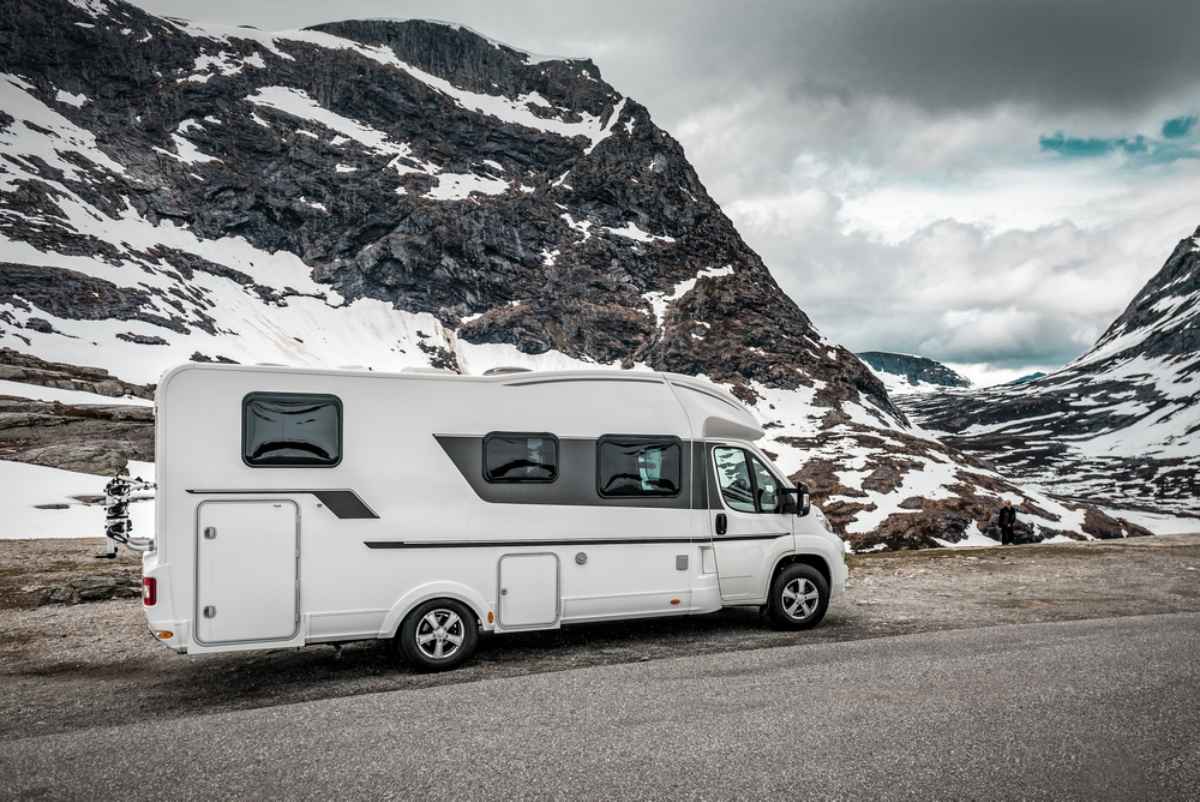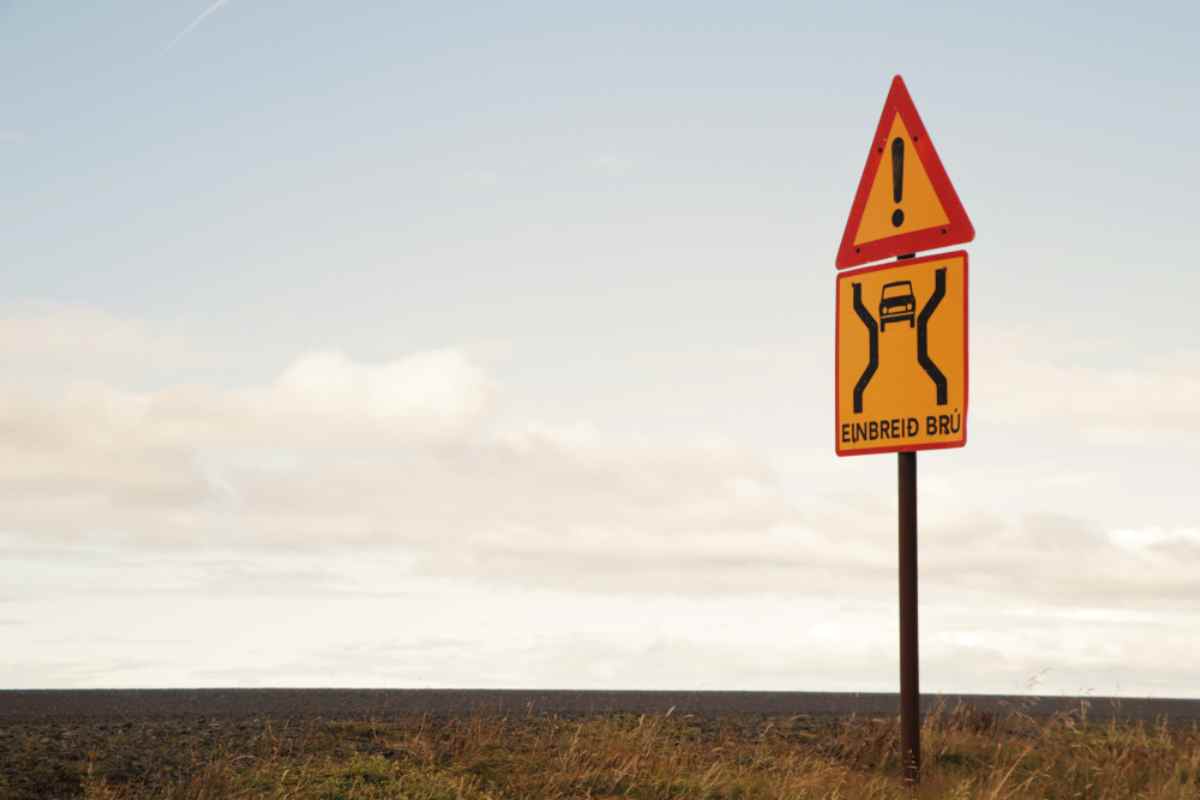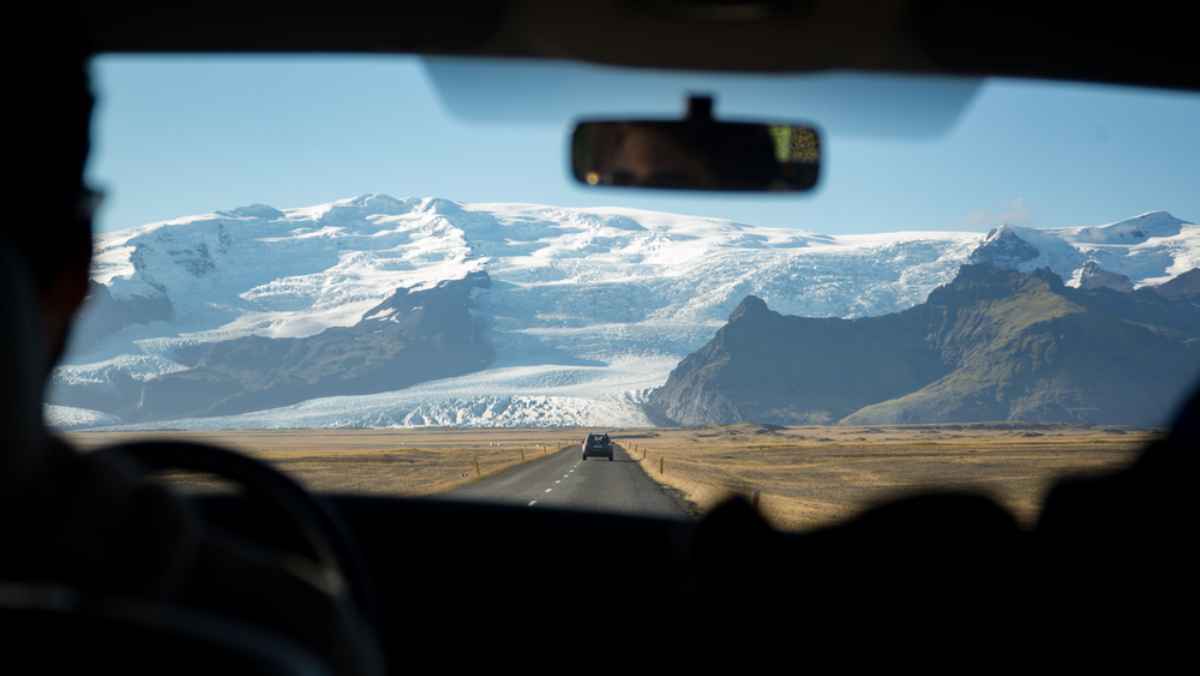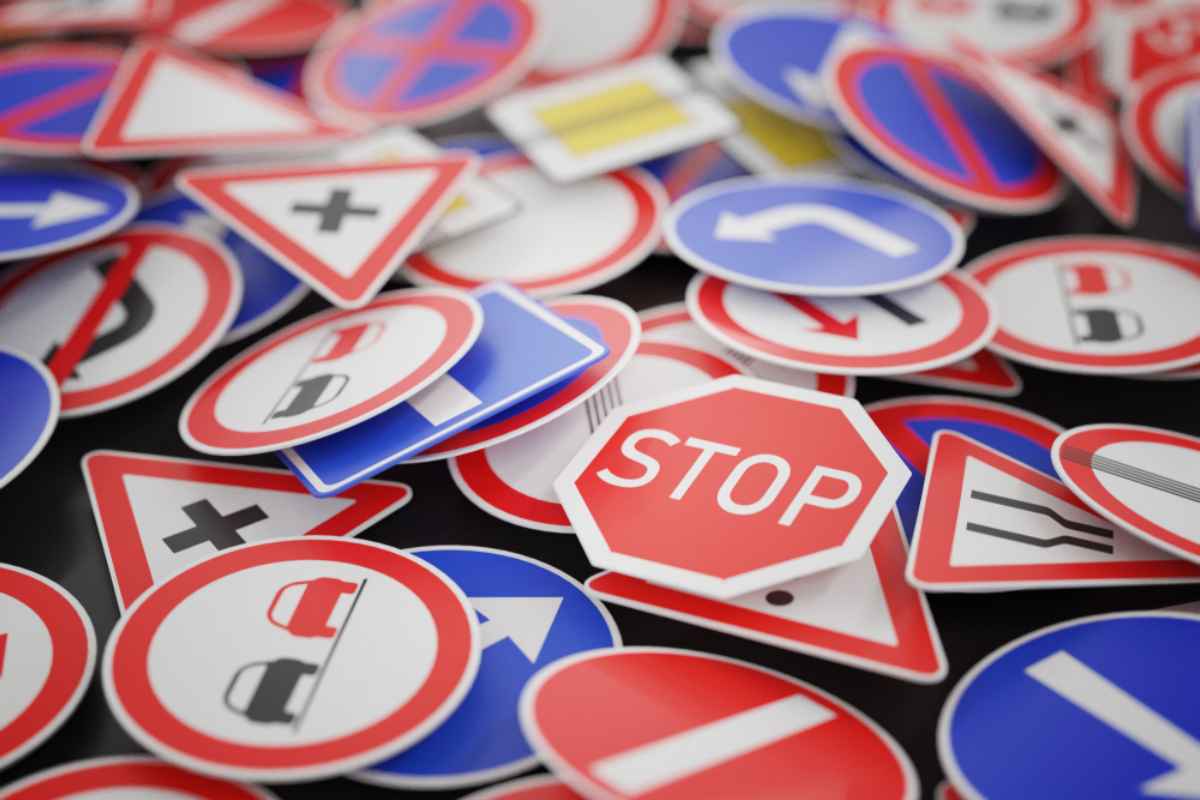
22 September
13 min read
Driving in Iceland in December

10 February 2025
8 min read
If you’re planning to drive during your Icelandic vacation, then it’s a good idea to get your head around the country’s traffic laws before you leave home. Falling foul of a traffic police officer isn’t going to be the highlight of your holiday, so it’s best avoided. Here’s what you need to know about Iceland’s traffic laws.
First, the basics: Icelanders drive on the right side of the road. This keeps the country in line with the majority of European countries – only four countries (the United Kingdom, Ireland, Cyprus, and Malta) drive on the left, so driving on the right side of the road is exactly what you’d expect.
If you’re travelling from Europe or from another country that drives on the right such as Canada or the United States, driving in Iceland is going to be a breeze. And if you’re from Japan, India, Australia, New Zealand, South Africa, or one of the other countries that drive on the left, you’ll take to your new road position like a duck to water thanks to Iceland’s light traffic and well-signposted roads.

You’ll need a valid driving license, held for at least a year. Although Icelandic drivers can get their licence from the age of 17, if you are renting a car, that minimum age rises to 20 years old for a car and up to 23 or even 25 years old for some larger vehicles such as motorhomes.
That makes sense, as car rentals are a slightly more risky thing than driving a car you’re familiar with (and if it’s your own, you probably want to look after it more carefully). You’ll also need a valid credit card to rent a car.
Credit cards are also going to come in handy when it comes to refueling, for instance. Insurance is compulsory, by the way, so expect to see at least the basic package included in your rental agreement.
It goes without saying that drivers are required by law to stick within the speed limits when travelling in Iceland. In urban areas, that’s likely to be capped at speeds of no more than 50 km per hour in built-up roads and often as low as 30 km per hour. Though you won’t find speed cameras unless you’re driving through tunnels, traffic police enforce speed limits. These limits assume good road conditions.
If visibility is poor or the road surface is slippery, it may not be safe to approach such speeds. Driver discretion is expected, as is the common sense to leave a safe distance between you and the vehicle ahead in case you need to stop suddenly.
On the open road, such as while driving on the ring road, the speed limit is 90 km per hour. Mountain roads with gravel surfaces and rougher terrain won’t be as safe, and the speed limit reflects that lack of grip. Eighty km per hour is the maximum on such roads, and you’ll often need to drive even slower, particularly if it’s wet or icy. Remember: driving off-road is illegal in Iceland.
Ever wondered how speed limits are really enforced in Iceland? If you search for Icelandic speed cameras, you’ll see that things work a little differently here. While you won’t find many permanent installations, the authorities use periodic mobile checks to ensure everyone sticks to the rules.
On the other hand, there isn’t an official iceland speed camera map available, so your best bet is to always follow the posted speed limits—after all, knowing what is the speed limit in Iceland is essential to avoid any unexpected iceland speeding tickets.
Also, keep in mind that Iceland doesn’t offer much in the way of speed limit tolerance. Even a small deviation from the set speed can result in a hefty fine. So, to enjoy a safe and stress-free drive, it’s best to stick closely to the limits and stay alert for any temporary changes in enforcement.
Icelandic traffic laws aren’t confined solely to speed limits, and there’s more you’ll need to know. One of the most important regulations is concerned with safety. Passengers and drivers are required by law to wear seatbelts while on the move, whether they are travelling in the front or the back of the car.

Even on Iceland’s relatively quiet roads, it isn’t unheard of for drivers to experience an accident serious enough to roll the car. Wearing a seatbelt can quite literally be a lifesaver. Another safety-related rule is that you must never drive while under the influence of drugs or alcohol. By all means, try a glass of Icelandic Brennivin, but do so only after you’ve parked the car and ensured all the alcohol is out of your system before you pick up your car keys again the following morning.
Reckless driving comes with stiff penalties. If you cause harm as a result of your actions behind the wheel, expect the authorities to throw the book at you. Manslaughter charges are relatively common if a fatality is caused by a driver who has been speeding or driving under the influence—and rightly so.
Car headlights should be switched on, day or night. In Nordic countries, this is common practice. Short days during the winter and rapidly changing weather conditions year-round make it essential to keep your headlights on to ensure both driver and passenger safety.
It doesn’t matter if the sun is shining and the skies are as blue as they come; you still need to keep those headlights on. Be aware that the long hours of daylight in summer can sometimes be deceiving, so take regular breaks to avoid fatigue.
A more recent addition to the rule book is that you can’t drive while using a mobile phone. It’s surprisingly easy to lose concentration on the road when you’re texting or making calls. In Iceland, these activities are forbidden while driving.
The fines for driving without a hands-free kit have risen dramatically—from 35 USD to 280 USD since May 2018—reflecting growing concerns over distracted driving. Even with a hands-free kit, it’s wise to delay calls until you’ve safely pulled over. After all, driving in an unfamiliar country requires your full attention.
You might expect there to be a rule governing the use of winter tires, given the likelihood of snow and ice during the winter months. In fact, many websites insist that winter tires are mandatory during certain periods. However, as noted on the Icelandic Transport Authority’s website, the regulations are mostly about the required tread depth and whether studded tires are necessary.

Studded tires are permitted only from 1 November to 14 April, and during that period, a minimum tread of 3mm is required. Rental companies will ensure that the tires fitted are appropriate, but it’s always wise to double-check.
In urban areas, you’ll need to be aware of local conventions regarding the right of way and other driving practices. When driving in traffic, failing to yield or not following local priorities can cause problems. For example, if you’re behind the wheel in Iceland, be especially vigilant at roundabouts.
In Iceland, if you are in the inside lane of a two-lane roundabout, you have priority over those in the outside lane. The reverse is true in some other countries, so if that’s the case for you, be mindful of adapting to local rules rather than driving as you would at home. This is less of a concern outside Reykjavik, where roundabouts are rarer, but it pays to be aware nevertheless.
In summary, knowing what is the speed limit in Iceland is crucial. Iceland speed cameras are used mainly in mobile checks. Iceland speeding ticket policies are strict. There is little iceland speed limit tolerance. Follow the rules to avoid fines and stay safe. Ready to explore? Rent a campervan and hit the open road for an unforgettable Icelandic adventure.
More Iceland Stories to Explore
Discover more tips and tales to fuel your next saga
Join thousands who have booked with us
Iceland's most booked campervan of 2025 is waiting. Secure yours today!
Your rental comes with:
Handy Extras
Essential Insurance Plan
Unlimited Mileage
Flexible Cancellation